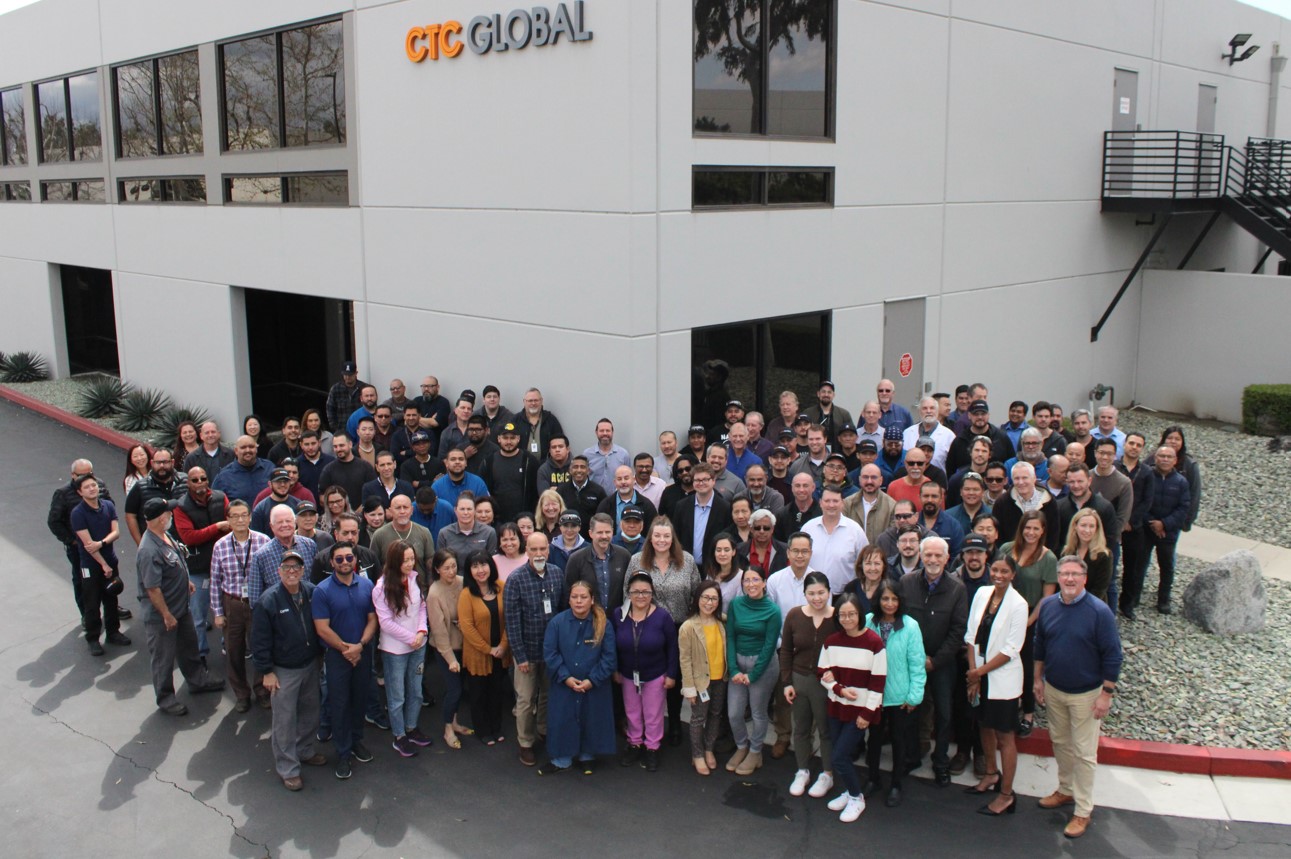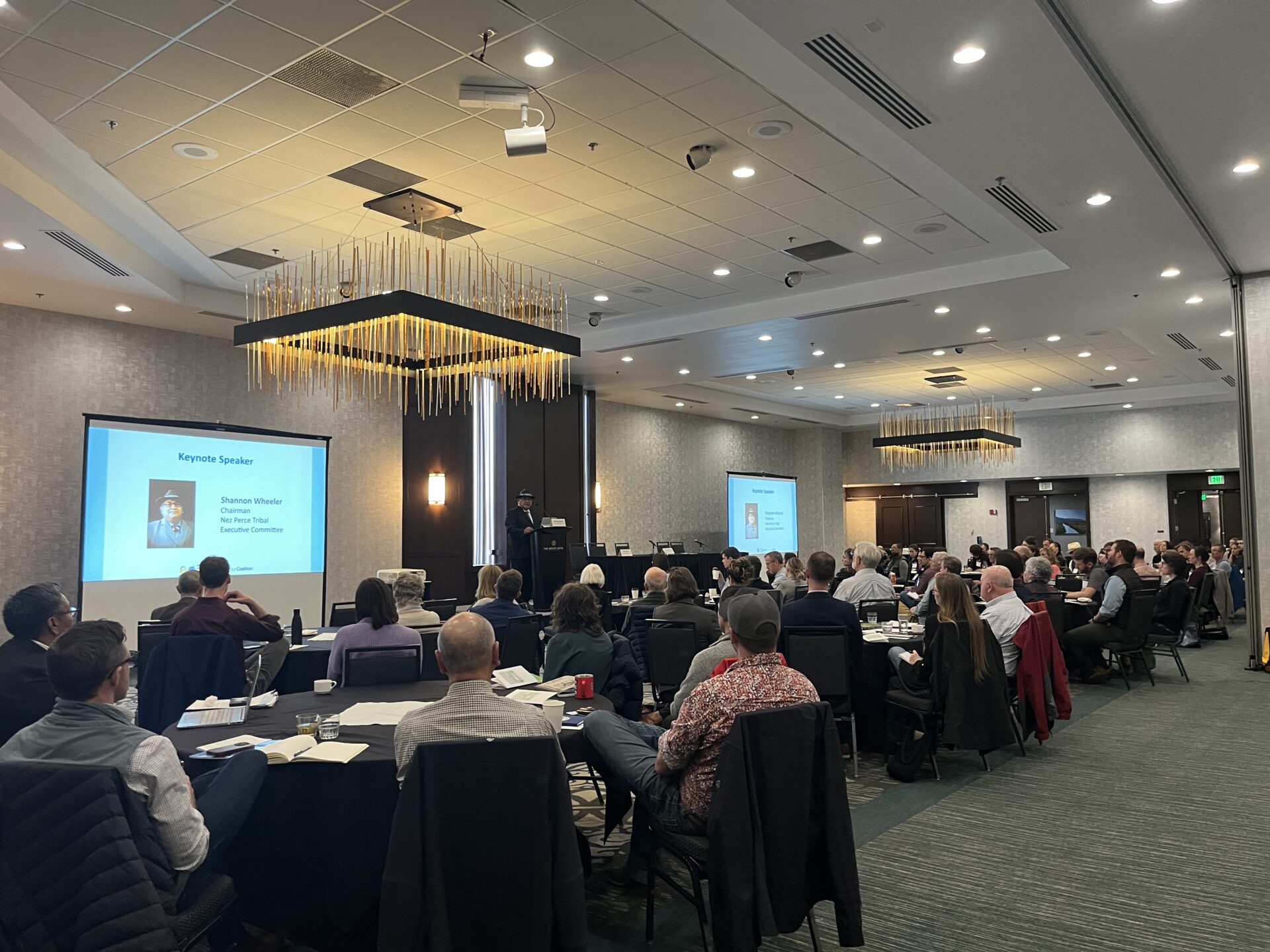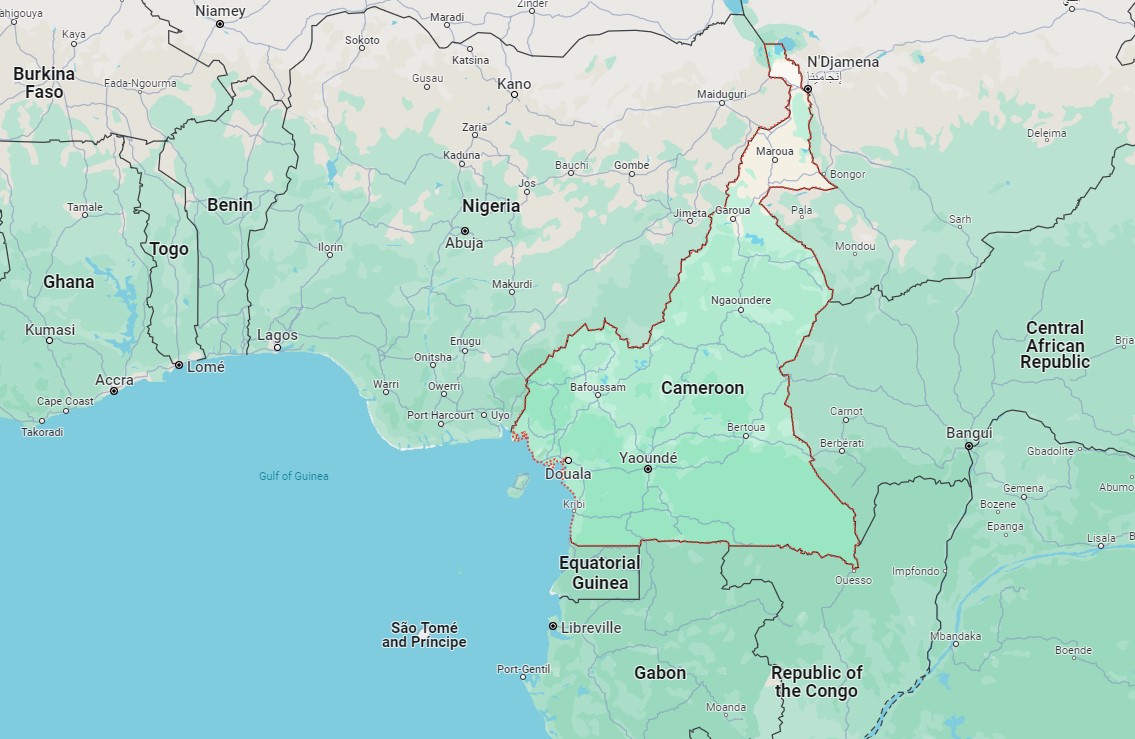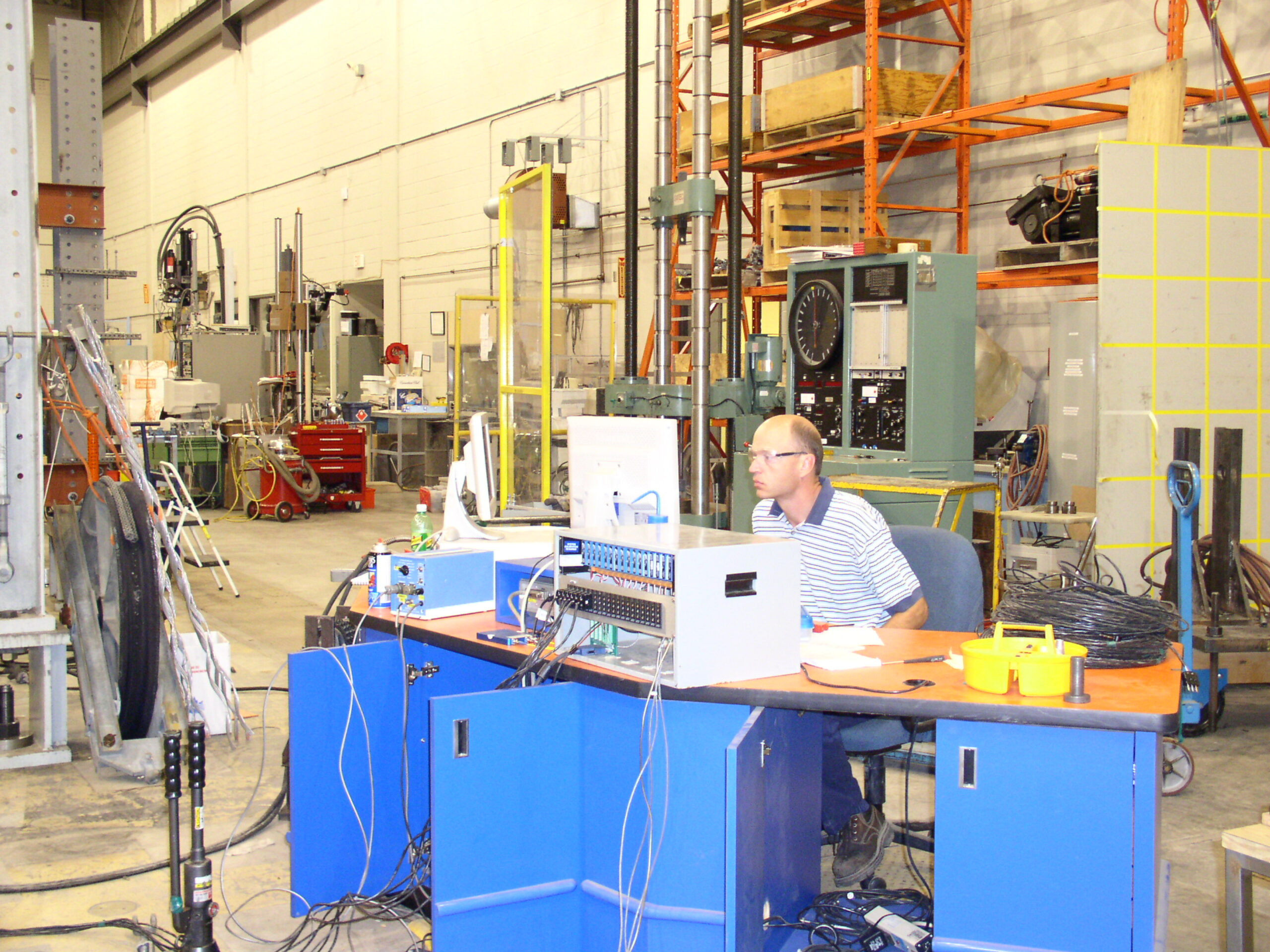During Q-2, 2019, CTC Global participated in six National Association of State Energy Officials (NASEO) regional meetings held throughout the United States. At these meetings, CTC Global presented a case for the state energy and regulatory offices to work together to initiate a T&D Energy Efficiency Policy within each state.
Specifically, the initiative would “direct” the state electric utilities to use energy efficiency decision criteria and tests to guide increased energy efficiency choices when designing a T&D project.
For these long-lived projects, economic efficiency investment would be made alongside capacity investment from the early design phase of a T&D project. This is how Minnesota, earlier this year, implemented an Electric Utility Infrastructure efficiency policy initiative.
The policy guidance, initiated by multiple state departments with some additional funding by DOE-Energy Efficiency Office, completed a series of stakeholder workshops which culminated in a FINAL REPORT describing the initiative, its potential energy savings, and recommendations for implementation by the state utilities.
Minnesota’s website also offers many other resources for understanding their process and recommendations that other states could adopt for their own policy initiatives.
Each state implementing this policy would see a significant reduction in T&D system losses with a resulting reduction in annual CO2 emissions as well as enabling a smaller amount of generating capacity to fully serve customer electricity demands. CTC Global will be working with several states that have expressed interest in exploring how their state might implement this initiative and gain the resulting economic and emission benefits.






